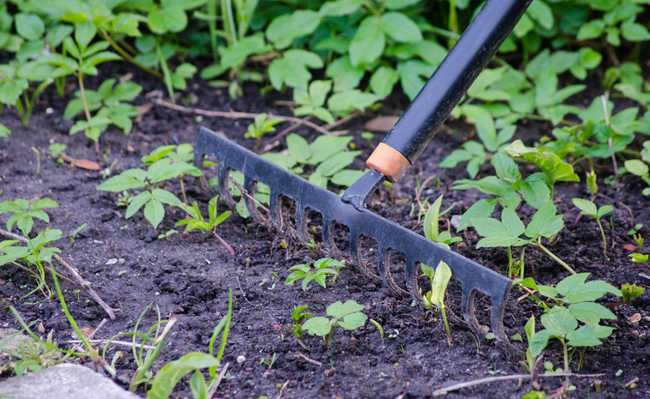Organic garden: eight steps to make your
In pots or in the backyard, planting is relaxing and still produces a delicious and nourishing result. See how to start your organic garden

While the pesticides and chemical fertilizers industry is attacking nature and our health, the cultivation of organic vegetables grows and brings many benefits. Find out what organic farming is, its benefits and advantages, and follow these basic steps to find out how to make an organic garden.
1. Prepare the land
You should start by turning over the soil to make it well aerated so that the plants can make better use of the nutrients. It should also be loose enough that you can fertilize it and start planting. Prefer to fertilize in the hot months, between September and March.
2. Have a composter
Plants need nutrient-rich soil to grow, but chemical fertilizers are harmful to the environment.
You can fertilize the soil in your garden with the compost humus, which is very simple to make (see "What is compost and how to make it"). Purchase your composter at the store eCycle .3. Choose your plants
Each plant has its ideal growing climate, so your garden will be more successful if you choose the vegetables that do best in your area. For example, radish grows best in cold weather, while eggplant is easier to grow in warm places. Choose seeds and seedlings certified as organic.
According to the CPT (Technical Production Center), there are four basic types of vegetables and having at least one of each type on your plate provides a wealth of flavors and nutrients. They are:
- Leafy vegetables: species such as lettuce, chicory, arugula, chicory, broccoli, kale, cauliflower, among others;
- Fruit vegetables: zucchini, pumpkin, okra, cucumber, pepper, tomato, jiló, snap bean, chayote, among others;
- Tuberous vegetables (roots, tubers and rhizomes): carrots, beets, radishes, yams, yams, sweet potatoes, among others;
- Seasoning vegetables: garlic, onion, chives, parsley, mint, basil, coriander, basil, among others.
4. Plant
To know how to grow each of your vegetables, consider how they grow: creepers, for example, need more space between them so they can spread out. But be careful not to leave too big a space and allow weeds to grow.
5. Water
The best times to water your organic garden are the least hot of the day (before 10am and after 4pm), so the plants absorb water better. Try to water the roots and not the leaves. Drops of water on the surface of leaves, when radiated by the sun, produce a lens-like effect, burning the leaves.
Water your garden with plenty of water once or twice a week and less water the other days, just for maintenance. You can reuse rainwater.6. Weeding
Here you can do a good physical exercise, manually pulling out the invaders. Pluck at the root to inhibit its growth.
To prevent weeds from appearing, you can cover the spaces between your vegetables with dry leaves.
7. Protect against pests
There are many ways to protect your organic garden from pests without using products that are harmful to the environment. In this article, we've shown five of these ways. Here are a few more (click on the links for more details):
- Homemade pesticides: With common ingredients in the kitchen, you can fight fungus, insects, mites and even rats.
- Biological attractants and repellants: natural substances can help you to set traps against the pests that attack your garden.
- Consortium planting: consists of planting two or more species of plants together, so that one serves as a repellent for the other(s) pests. Don't forget to be careful not to end up putting together species that will steal nutrients from each other. Plants must be companions. (See six types of plants that act as natural insect repellents)
- Biopesticides: are micro-organisms that act specifically against invading insects, not harming the plant, birds, soil or anyone who could suffer from conventional pesticides.
- Neem essential oil: acts as a pesticide, repellent and also nourishes the soil. Get your neem repellant here.
8. Spoon
When your work bears fruit, harvest them in the cooler hours of the day, so that the plant loses less water. If you think you've borne too much fruit, give some to your relatives and friends, or cook and freeze the surplus so you can enjoy it later.Good job and good appetite!










